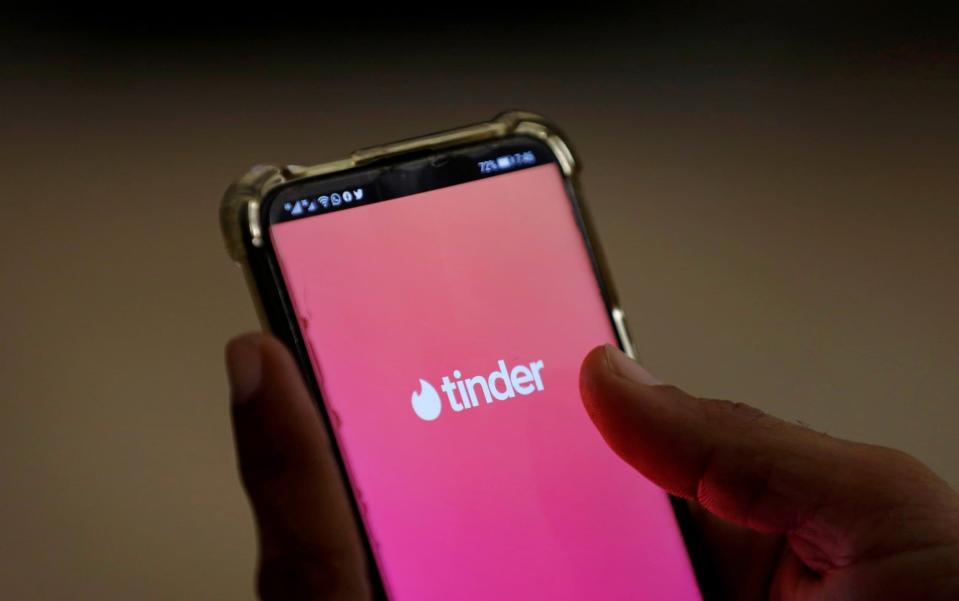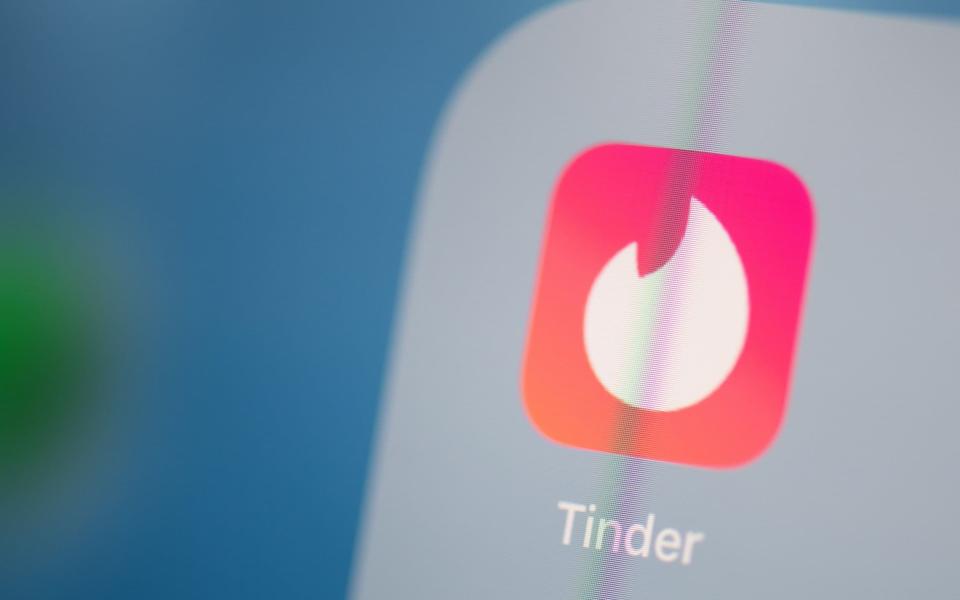Tinder aims to stop ‘catfishing’ by verifying IDs

Tinder is to introduce ID verification technology in a bid to end “catfishing” and improve the safety of daters on its app.
The matchmaking app, that popularised “swiping left and right” to pick potential partners, said on Monday it would add the option for users to verify their profiles using a drivers licence or passport.
The verification technology will be voluntary, except in a handful of markets where it is already required by law. Tinder said it wanted to verify “as many people as possible”.
The verification tools could help put an end to “catfishing”, where someone creates a fake dating profile in an attempt to entice unwitting partners.
Tinder already includes a form of facial verification, where it scans a user’s face to check they match their uploaded pictures. It provides users who complete the process with a check-mark for their dating profile.
The term “catfishing” gained popularity on the back of the 2010 documentary film Catfish, in which presenter Nev Shulman tracks down an online love interest who turns out to be two decades older than their dating profile suggested.
Rory Kozoll, head of product safety at Tinder. said: “We know one of the most valuable things Tinder can do to make members feel safe is to give them more confidence that their matches are authentic and more control over who they interact with.”

Tinder said it wanted to keep ID verification optional, as some users may have “compelling reasons” they do not want to share their real identity or full name on the app. Its ID verification will see users upload a photograph of their documentation which is checked by the tech company.
The dating app’s online verification tools come amid a debate on how to tackle online abuse. Asking for a verified ID is seen as one way of cutting down on anonymous trolling online.
The tech company, which is owned by dating giant Match Group, has previously added safety features for its daters such as a panic button which can alert emergency services. Match said it was investing $100m in user safety tools.
Tinder’s tightened up safety policy also comes ahead of new rules in the UK that will issue tougher penalties to tech companies that fail to keep children safe online.
The Online Safety Bill does not include any requirements for online ID verification, but does demand tech companies use “proportionate systems” to “prevent children of any age from encountering” content that is “harmful to children”.
Tinder already has automated technology that scans for profiles believed to be of younger users in order to remove under 18s from its app.

 Yahoo Finance
Yahoo Finance 